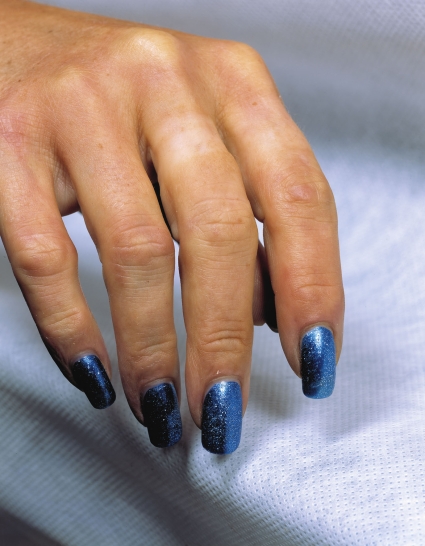Portraiture of this kind was routine to many professional photographers in the nineteenth century; they even advertised the service. Their serene pictures of the newly dead (especially young children), shown on their deathbeds as if in eternal slumber, were a commonplace of life at the time. This exhibition also includes present-day portraits of the dead. In both cases, the main purpose is to offer comfort and provide a souvenir of the person concerned. Photographers like Koos Breukel, F. Starik, Chantal Spieard and Wim van Ophem exhibit the last pictures taken by family and friends; Anton Corbijn and Paul Blanca have photographed their fellow artists like Herman Brood laid out for burial; Marrie Bot has recorded death scenes encountered by the police. In contrast to these emotionally involved depictions of dead individuals, the exhibition also includes more detached and clinical pictures which seek to emphasise the beauty and universality of death. The serene portraits of the dead by Andres Serrano, Rudolf Schäfer and Daniel & Geo Fuchs are modern versions of the memento mori: a reminder that death comes to us all. In the course of the twentieth century, funerary portrait photography was almost abandoned and death came to be confined mainly to news photos. In the section of the exhibition concerned with these, journalist Eddie Marsman examines photographs that have won the World Press Photo award and which feature images of approaching and unavoidable death. Some of these have become world-famous despite depicting individuals otherwise unknown to us. Since the inception of the World Press Photo contest, no fewer than 25 of the 47 award-winning photographs have been directly related to deaths from war, murder, famine or some form of natural disaster. The social history section of the presentation is the work of photographic historian and writer Louis Zweers. From the collection of Otto Spronk and the archives of photo press agencies, he has selected pictures of deceased (sometimes murdered) celebrities, many of which shocked the world when first published. They include photographs of Napoleon, Otto von Bismarck, Abraham Lincoln, Pim Fortuyn, Marilyn Monroe, John Lennon in the mortuary (seldom seen!), Robert and John F. Kennedy, Che Guevara, Martin Luther King and the executed Romanian president Ceausescu.
Fotomuseum Den Haag Stadhouderslaan 43 | Postbus 72 | 2517 HV Den Haag
